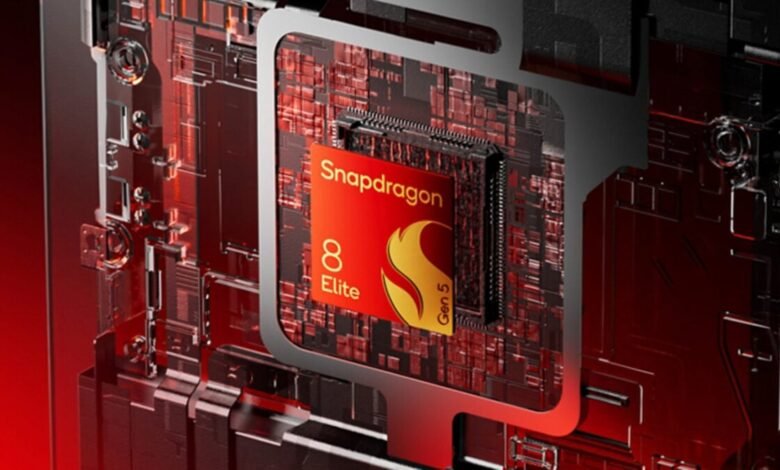Snapdragon 8 Elite Gen 5 First to Use Samsung’s APV Codec

▼ Summary
– Qualcomm’s Snapdragon 8 Elite Gen 5 is its most advanced smartphone chip and will be featured in the Galaxy S26 series next year.
– It is the world’s first chip with hardware-level support for Samsung’s Advanced Professional Video (APV) codec, a royalty-free format for cinematic video.
– The APV codec offers near lossless quality and is 10% more space-efficient than Apple’s ProRes and 20% more efficient than HEVC.
– APV supports high-end features including 8K resolution, HDR10+, and various high-quality chroma sub-sampling and bit depths.
– The codec’s adoption is growing as it is now supported in Android 16 and has been standardized by the Internet Engineering Task Force (IETF).
The upcoming Snapdragon 8 Elite Gen 5 processor from Qualcomm represents a significant leap forward for mobile technology, integrating Samsung’s groundbreaking Advanced Professional Video (APV) codec directly into its hardware. This strategic move positions the chip, slated for the Galaxy S26 series, as a powerful contender in the high-fidelity mobile video space, directly challenging established formats like Apple’s ProRes. By building APV support directly into the silicon, Qualcomm ensures that future flagship smartphones can capture and process cinematic-quality video with remarkable efficiency.
A key feature of the Snapdragon 8 Elite Gen 5 is its native hardware support for the APV codec. Developed by Samsung, APV is a royalty-free format designed to bring professional-grade video capabilities to mobile devices. This hardware-level integration means the chip can handle APV encoding and decoding with superior speed and power efficiency, enabling features previously reserved for high-end cameras. The codec itself is engineered for near lossless quality, offering a notable advantage in file size reduction compared to its competitors.
When it comes to performance, APV demonstrates clear benefits. It is reported to be 10% more space-efficient than Apple’s ProRes and achieves a 20% improvement over the commonly used HEVC standard. This efficiency does not sacrifice quality, supporting incredibly high specifications. The codec accommodates intra-frame-only coding, multi-view video capture, and HDR10+. It can handle resolutions up to 8K and offers a wide range of professional chroma sub-sampling options, including 4:2:2, 4:4:4, and 4:4:4:4, with bit depths from 10-bit all the way to 16-bit.
The adoption of APV is gaining crucial momentum across the Android ecosystem. Google has included support for APV in Android 16, a development that perfectly aligns with the chip’s release timeline. With Samsung expected to fully leverage the codec in its Galaxy S26 series, the foundation is set for widespread use. The codec’s standardization by the Internet Engineering Task Force (IETF) further solidifies its position as an open and viable standard for the future of mobile video production.
(Source: Sam Mobile)
